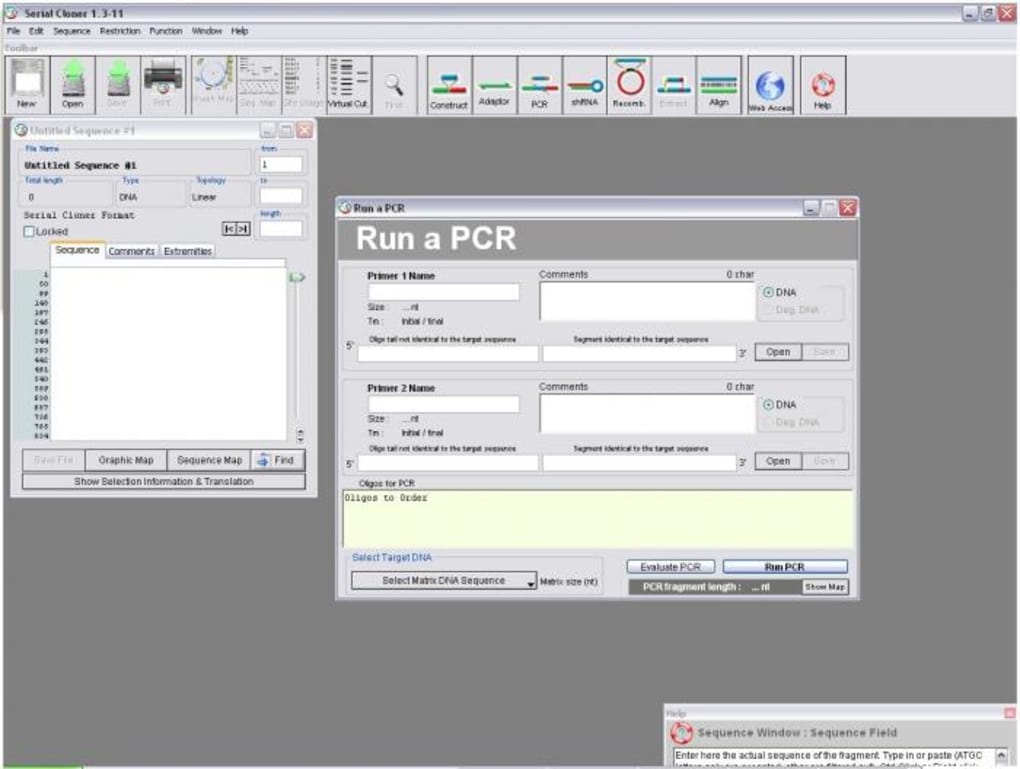

- #Pjet vector in serial cloner full
- #Pjet vector in serial cloner software
- #Pjet vector in serial cloner simulator
#Pjet vector in serial cloner simulator
This functionality is never used in the simulator so here it signals that a file (serial/tape capture/replay) is currently open. One known (and intentional) difference is the HLDA status light: On the original it signals that CPU has acknowledged being halted by an external device. There may be some minor differences but over all I think it reproduces the original behavior quite well. Of course in the end I don't own an original Altair, so all information on how it works had to come from documents and videos (see acknowledgements below). One criterion for that was that it should be possible to play the front-panel "Kill-the-Bit" game - and it is: That includes having the front panel lights reflect the real behavior as much as possible. My goal for this project was to get as close to the "real" Altair 8800 feeling as possible when working with the simulator.
#Pjet vector in serial cloner software
Using the Due I now have an Altair 8800 simulator that runs at about the original speed, provides 64K of emulated RAM, includes lots of Altair software and still can provide 32K of semi-permanent storage to load and save programs and data in the emulator. That makes it possible to use any portion of the 512K flash not used by the simulator itself for permanent storage. Additionally, the Due can save data to the flash memory at run time.
#Pjet vector in serial cloner full
The Arduino Due has plenty of memory to support a full 64KB of emulated RAM and runs much faster than the Mega. Permanent storage capacity (for saving programs/data created in the simulator) is also limited since the Mega's EEPROM only holds 4KB. Using the Arduino Mega to drive the simulator worked fine and was simple to set up but the emulation runs at only about 25% of the Altair's speed and it can only provide 6KB of emulated RAM (although back in the day that would have been a lot). So I just had to make my own Altair clone. Turns out the Arduino Mega has exactly the right number of I/O pins. Thanks to Mike's work there is a wealth of information on the inner workings of the Altair and its most popular peripherals conveniently available.Īt some point I was looking at the Arduino Mega 2560 specs and started wondering whether it would have enough I/O pins to just hook up the LEDs and switches from the Altair front panel and write my own emulator software. Thankfully Mike Douglas, the creator of the Altair Clone, has made available to the community all the old documents and software he hunted down and used when creating the clone. There are some other options, such as but that still costs $600 which for me is too much to spend on a computer that - while very cool - will be of limited use. But working vintage Altairs are rare and therefore expensive, easily costing $1500-$2500 if available at all. I'd love to see the variety of versions that people come up with!įor a long time I have thought it would be cool to have an Altair 8800 computer to play around with. If anybody else wants to share their creation let me know and I'll post it here. Justin Davis made an Altair shield for the Arduino Due.Chris Davis ( kb0wwp ) made a PCB and a beautiful case.Martin Zumr made a really nice looking box all out of wood.

Alan Lowther found a nice metal case for his version and connected a Raspberry Pi for input/output and speech synthesis.Here are some pictures from others who have built this project and made it their own: If you would like to build this but don't like the idea of starting completely from scratch, please check out Chris Davis' Altair-Duino kit which comes with all components, a PCB, a case and a pre-programmed Arduino Due!


 0 kommentar(er)
0 kommentar(er)
